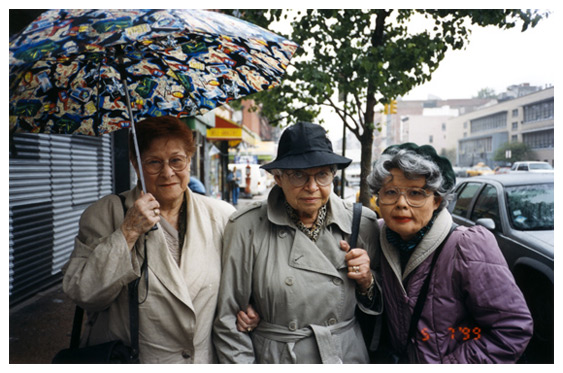contemporary artist / teresita fernandez
/while we lived in washington dc i had the opportunity to attend lots of contemporary artist's lectures at the american art museum. i loved hearing about the artists views and what drove them to make art. for some it was all visual, for others it was much more conceptual. in the fall, i got to see teresita fernandez and i totally fell in love with her vision of art. i wrote up this post a little bit after for the national museum of women in the arts blog, and am just getting around to sharing it here. i hope you are inspired by her amazing works!
What do you get when you combine Gericault’s romantic Raft of the Medusa, Hokusai’s woodblock prints, and Rothko’s saturated colorfields? You are probably not thinking of a pedestrian walkway bridge in Seattle. However, Teresita Fernandez combined these influences and created an ethereal and majestic walkway, seemingly transporting its visitors to a heavenly realm.
Teresita Fernandez is a contemporary artist from Miami, who considers her works to be ‘landscape sculptures’, a term which she feels is underused, and a style understudied. She differentiates her style from ‘land art’, which is a more well known type of art that actually uses land as art, rather than bringing it into a museum or artistic space. Many of her sculptures incorporate mixed media materials, including glass, thread, mirrors, graphite etc.
A major theme in her works is the perception of movement that our minds create when we combine multiple images in a rapidly syncopated fashion. She aims to create sculptures that are experiential and immersive. Rather than just viewing, Fernandez wants her audience to ambulate and read the works, constructing new images and relations. Most of her works tend to evolve depending on times of day, place of viewing, and the ways in which one moves around the work.
Fernandez is the youngest artist to be commissioned by the Seattle Art Museum for Olympic Sculpture Park, and was asked to create the walkway leading into the park. In Seattle Cloud Cover she combined hundreds of images of colorful clouds, placed them between glass and covered the walkway. The images are perforated with little holes giving tiny views of Seattle’s skyline in the distance. She wanted the view of Seattle to seem like it was moving slowly through a projector.
Much like our own Chakaia Booker New York Avenue sculptures, the piece changes as one moves around it, no one view is ever the same. Booker and Fernandez alike aim to incorporate the setting into the experience of their artwork. Each is also faced with the daunting task of finding materials that will fit their vision. While Booker works with tires and must strategically plan our each sculpture before it is put together, Fernandez had to stitch thousands of images of clouds together and create her sensorial experience. It is interesting to see these two women being commissioned for large public sculptures, which would have never been possible years ago.








